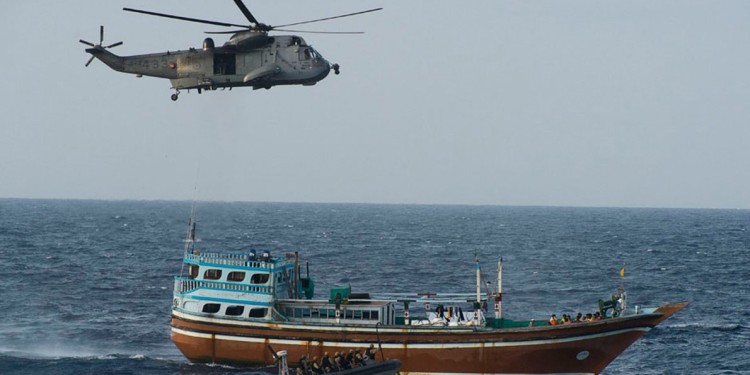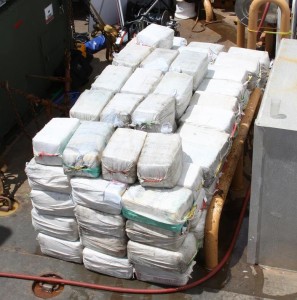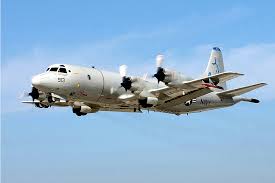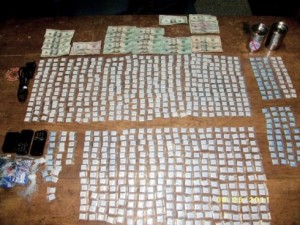Coke Bust Worth $172 million : A Well thought Out Scream by James Riordan

Now there’s a headline right out of the late 70s. On February 5, US Customs and Border Protection Air and Marine Operations agents on a P-3 Orion early-warning aircraft picked up and tracked a suspicious vessel heading north toward the US, according to a CBP press release. The airborne agents coordinated with the US Coast Guard to intercept the suspicious vessel. Coast Guard personnel on the scene arrested three people onboard and seized 2,300 pounds of cocaine, an amount worth more than $172 million, according to the CBP.
 Those kinds of busts were regular headlines back in 1978. That was the year I moved to Malibu, California, Back then people were saying that cocaine was fantastic – and there were no bad side effects. That is, they said that until a close friend of family member overdosed. But there were a lot more side effects to cocaine use than death, There was divorce and I can name at least a half dozen marriage that were lost to the white powder. But even more prevalent than that was the financial trouble that cocaine use caused. It didn’t take long for a once a week $25 dollar expenses to jump to $50 and then $100 and then pretty soon, it wasn’t just on weekends and then you had a whole much of people spending $300 a week on their habit. It’s funny now when I think of all the people who said that cocaine wasn’t addicting, like heroin. No, it was addicting like cocaine.
Those kinds of busts were regular headlines back in 1978. That was the year I moved to Malibu, California, Back then people were saying that cocaine was fantastic – and there were no bad side effects. That is, they said that until a close friend of family member overdosed. But there were a lot more side effects to cocaine use than death, There was divorce and I can name at least a half dozen marriage that were lost to the white powder. But even more prevalent than that was the financial trouble that cocaine use caused. It didn’t take long for a once a week $25 dollar expenses to jump to $50 and then $100 and then pretty soon, it wasn’t just on weekends and then you had a whole much of people spending $300 a week on their habit. It’s funny now when I think of all the people who said that cocaine wasn’t addicting, like heroin. No, it was addicting like cocaine.
 Cocaine became the power drug, perfect for people with big time personalities – heavy hitters in the business world. It also became the drug of choice for performers – musicians and actors and athletes who needed that big rush of something extra to pull off the big gig, the big show, the big game or the big deal.
Cocaine became the power drug, perfect for people with big time personalities – heavy hitters in the business world. It also became the drug of choice for performers – musicians and actors and athletes who needed that big rush of something extra to pull off the big gig, the big show, the big game or the big deal.
Whenever there was a bust the people who did the busting always figured what the bust was worth on the basis of something called “street value” which was the maximum number of high prifit sales you could make out of the total amount of cocaine collected. Street value assumed the cocaine was cut heavily with some other substance and sold in the smallest units possible because that was where the great profit was made. In most cases the people trans-porting such huge amounts of coke were selling it off to half a dozen dealers who then cut it with some other substance and resold it to twenty other deals who cut it some more and sold it to a hundred dealers who cut it again and then sold it on the street. The huge dollar amounts written about in the story of these busts were not really accurate. but they were impressive.
 The Customs and Border Protection agents (CBP) and Air and Marine Operations (AMO) crews cover a 42-million-square-mile area that includes the Pacific Ocean, the Gulf of Mexico, and the Caribbean Sea. Last year, they intercepted 213,000 pounds of cocaine.
The Customs and Border Protection agents (CBP) and Air and Marine Operations (AMO) crews cover a 42-million-square-mile area that includes the Pacific Ocean, the Gulf of Mexico, and the Caribbean Sea. Last year, they intercepted 213,000 pounds of cocaine.
Traffickers have relied on seaborne shipping to move immense amounts of cocaine and other drugs to the US, using fishing vessels, fast boats, and homemade narco submarines.
The real issue here is that cocaine use is on the rise again, especially among younger people. But even worse than that, heroin use is skyrocketing. I’m on three committees, who among other things, warn young people of the dangers of drug and alcohol use. When the new statistics on coke and heroin use began to surface the people on those committees looked at each other is shock. This meant that we were going have to mount a campaign to warn kids about the dangers of these drugs. I mean who doesn’t know that heroin is bad for you?
 The problem is that each new generation needs to hear a clear message about the dangers of drug use because there are people in their generation who claim that these drugs are safe to use. Why don’t they trust their parents and other adults who advise against using these drugs? Because the adults have lied to them about other things. Whenever one of their friends says it’s okay to try cocaine or heroin, they are telling them that the adults in their world haven’t been totally up front with them. Can you blame them? I mean if we’ve lied to them about politicians, if we lied to them about mutual funds, and if we lied to them about the history of our nation then its easy for them to assume we lied to them about drug use.
The problem is that each new generation needs to hear a clear message about the dangers of drug use because there are people in their generation who claim that these drugs are safe to use. Why don’t they trust their parents and other adults who advise against using these drugs? Because the adults have lied to them about other things. Whenever one of their friends says it’s okay to try cocaine or heroin, they are telling them that the adults in their world haven’t been totally up front with them. Can you blame them? I mean if we’ve lied to them about politicians, if we lied to them about mutual funds, and if we lied to them about the history of our nation then its easy for them to assume we lied to them about drug use.
The cocaine and heroin that is available today is stronger and cheaper than it was in the 1970s. I work with teens in trouble which realistically, is all of them. I personally know four young people who overdosed last year. And each of them had several close calls before they finally didn’t make it back. Some of them had been arrested and shot or snorted the drug the day they got released forgetting that their tolerance for the drug had greatly decreased because they had stopped using while they were locked up. Another thing that makes the problem so bad is that these drugs are easier to get than ever before no matter how many million dollars busts you read about. If they want it, they can get it. The only solution is to make them aware of the dangers once again. And it would help if we stopped lying to our kids.
___




No Comment